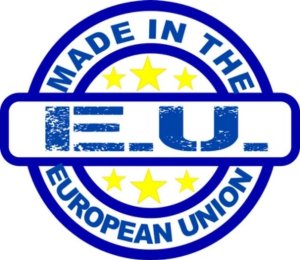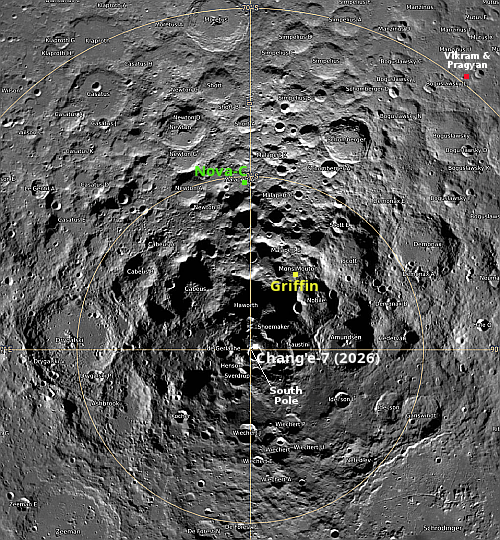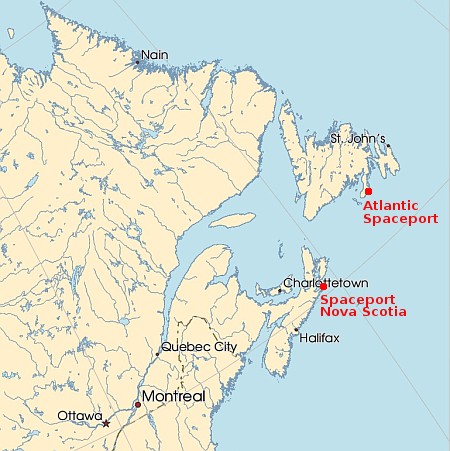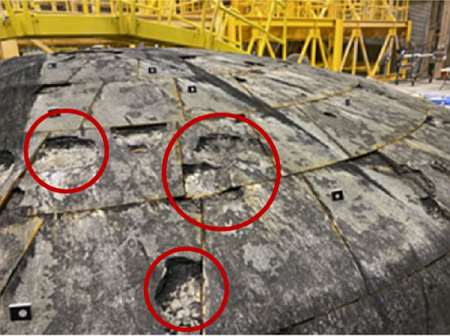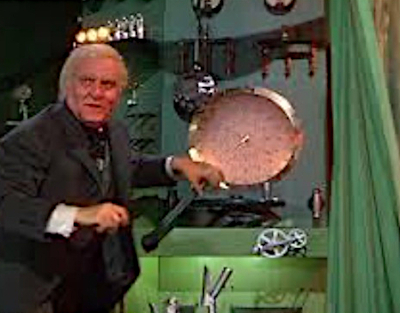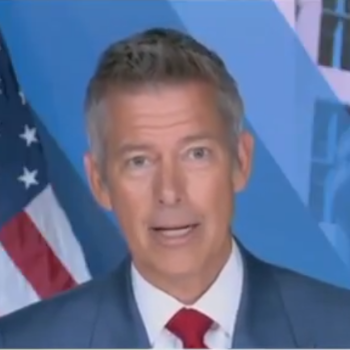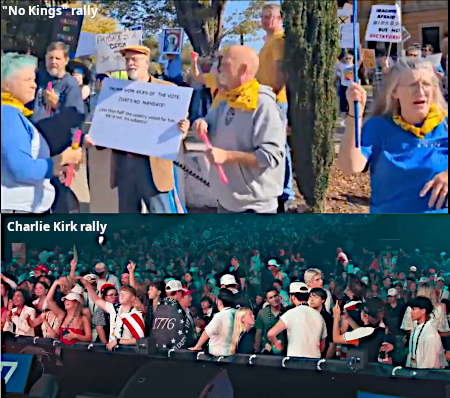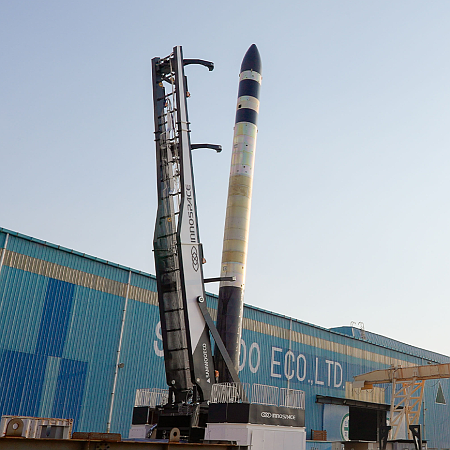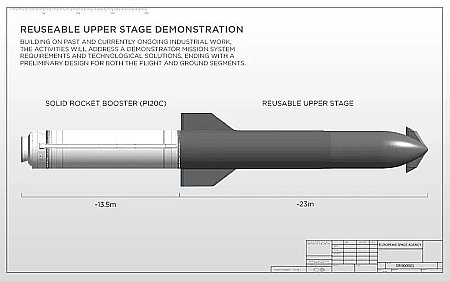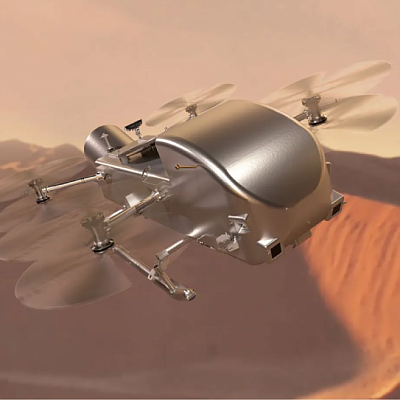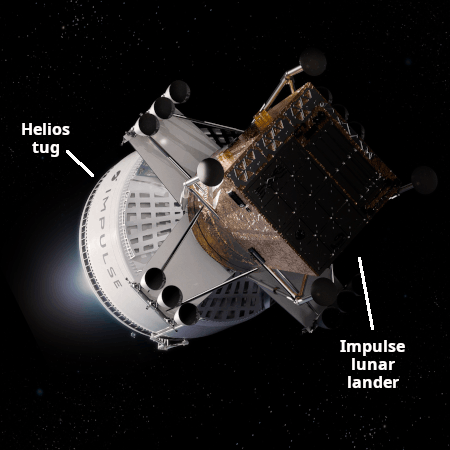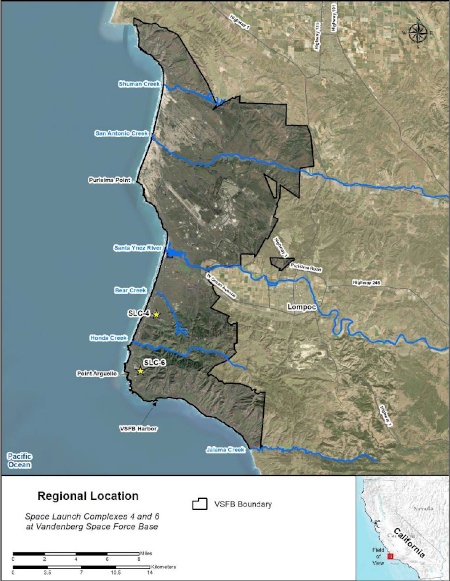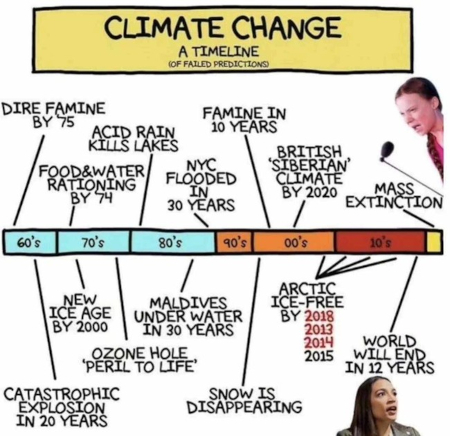Lockheed Martin completes first flight of X-59 supersonic test plane
My heart be still: Lockheed Martin yesterday completed the first flight for NASA of the X-59 supersonic test plane, designed to produce a much quieter sonic boom.
The X-59 took off from Skunk Works’ facility at U.S. Air Force Plant 42 in Palmdale, California, before landing near NASA’s Armstrong Flight Research Center in Edwards, California. The X-59 performed exactly as planned, verifying initial flying qualities and air data performance on the way to a safe landing at its new home.
The plane did NOT yet fly at supersonic speeds. It needs to do more flight tests before it attempts that feat. A somewhat uninteresting video of the flight can be seen here. (Hat tip to Jay.)
This NASA program is another example of government waste. NASA issued the company a $247.5 million the contract for this test plane in 2018, after two years of preliminary design work. Seven years later it finally flies once, but not at supersonic speeds.
Meanwhile, the commercial startup Boom Supersonic started at about the same time, raised far less investment capital, and successfully flew a supersonic flight in January 2025 in which it broke that sound barrier three times, with no audible sonic boom.
Boom has already obtained numerous contracts with the airline companies United and Japan Airlines to provide them planes. It is in the process of manufacturing its Overture commercial passenger jet for sale.
Lockheed Martin’s NASA project has no investors and no airlines interested in the test plane. Lockheed Martin itself is not marketing it and has no plans to use the technology commercially. In fact, NASA likely forbids it from doing so.
I am sure these tests will provide data helpful to Boom and the handful of other commercial supersonic startups. At the same time, the entire project is another example of a poor use of taxpayer funds.
My heart be still: Lockheed Martin yesterday completed the first flight for NASA of the X-59 supersonic test plane, designed to produce a much quieter sonic boom.
The X-59 took off from Skunk Works’ facility at U.S. Air Force Plant 42 in Palmdale, California, before landing near NASA’s Armstrong Flight Research Center in Edwards, California. The X-59 performed exactly as planned, verifying initial flying qualities and air data performance on the way to a safe landing at its new home.
The plane did NOT yet fly at supersonic speeds. It needs to do more flight tests before it attempts that feat. A somewhat uninteresting video of the flight can be seen here. (Hat tip to Jay.)
This NASA program is another example of government waste. NASA issued the company a $247.5 million the contract for this test plane in 2018, after two years of preliminary design work. Seven years later it finally flies once, but not at supersonic speeds.
Meanwhile, the commercial startup Boom Supersonic started at about the same time, raised far less investment capital, and successfully flew a supersonic flight in January 2025 in which it broke that sound barrier three times, with no audible sonic boom.
Boom has already obtained numerous contracts with the airline companies United and Japan Airlines to provide them planes. It is in the process of manufacturing its Overture commercial passenger jet for sale.
Lockheed Martin’s NASA project has no investors and no airlines interested in the test plane. Lockheed Martin itself is not marketing it and has no plans to use the technology commercially. In fact, NASA likely forbids it from doing so.
I am sure these tests will provide data helpful to Boom and the handful of other commercial supersonic startups. At the same time, the entire project is another example of a poor use of taxpayer funds.


